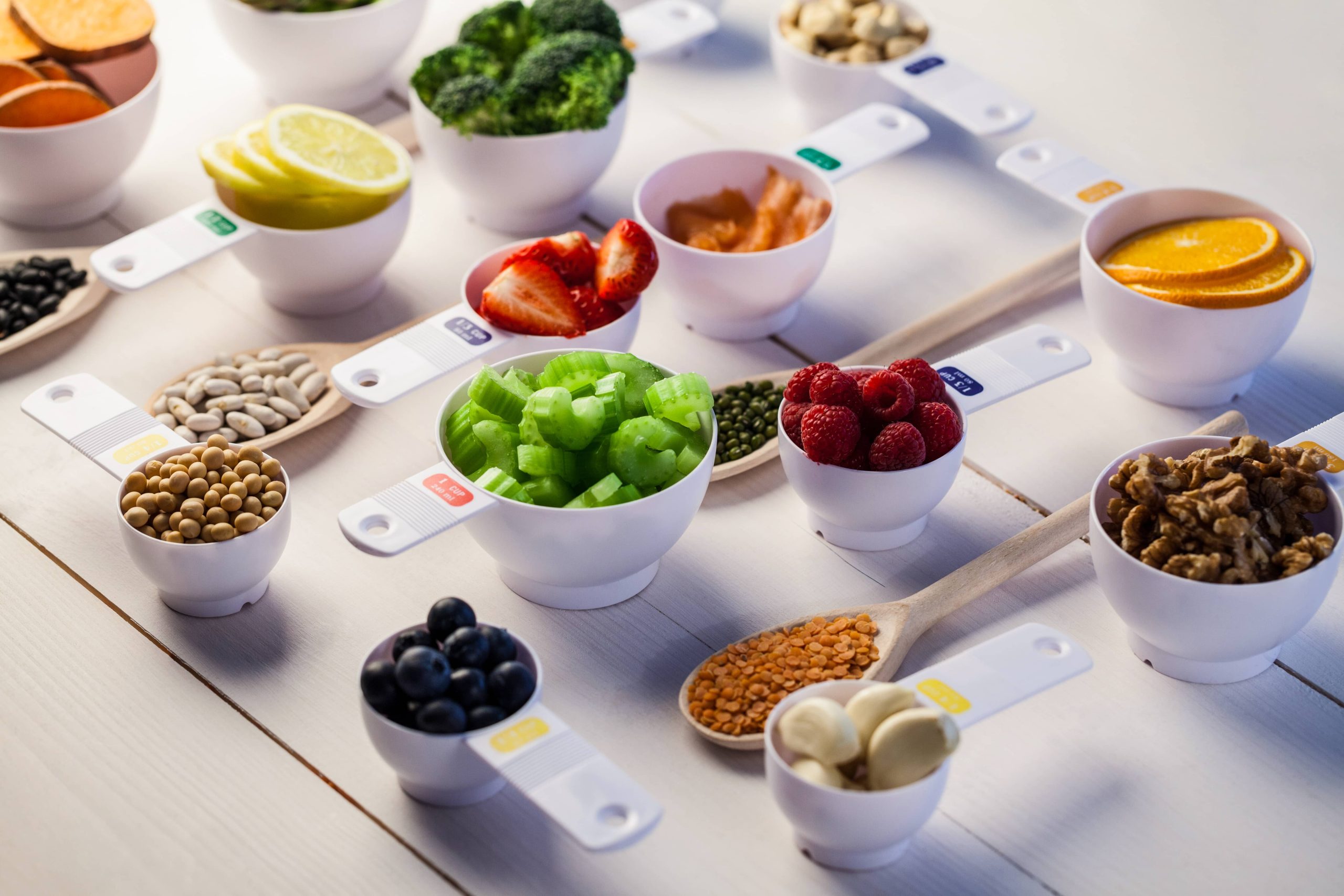
Fruits are nature’s candy, offering a delightful mix of flavors, colors, and nutrients. While most of us enjoy fruits as part of our daily diet, there are many surprising facts about them that you might not know. Here are fifteen intriguing insights into the world of fruit that will enhance your appreciation for these natural wonders.
1. Bananas Are Berries, But Strawberries Aren’t
Botanically speaking, bananas qualify as berries, while strawberries do not. A true berry is a fruit produced from the ovary of a single flower with seeds embedded in the flesh. Bananas fit this definition, but strawberries develop from a flower with multiple ovaries, making them an aggregate fruit.
2. Apples Float Because They Are 25% Air
Ever wondered why apples float in water? It’s because they are composed of about 25% air. This unique structure not only makes them buoyant but also contributes to their crisp texture.
3. Tomatoes Are Fruits, Legally and Botanically
While commonly used as a vegetable, tomatoes are botanically classified as fruits. In 1893, the U.S. Supreme Court even ruled that tomatoes should be taxed as vegetables, due to their culinary use, despite their botanical classification.
4. Pineapples Take Two Years to Grow
Pineapples are a labor of love, taking up to two years to mature. They grow from the ground, not on trees, and are actually a collection of berries fused together.
5. Cranberries Bounce When They’re Fresh
A fresh cranberry will bounce if dropped. This is due to the small pockets of air inside the berry, which also help them float in water. This bouncing ability is even used as a test for freshness.
6. Figs Are Pollinated by Wasps
Figs have a unique pollination process involving tiny wasps. The female wasp enters the fig to lay her eggs, and in doing so, she pollinates the fruit. This symbiotic relationship is essential for the fig’s reproduction.
7. Avocados Are Technically Large Berries
Avocados are another surprising member of the berry family. They have a single seed and develop from the ovary of a flower, fitting the botanical criteria for a berry.
8. Oranges Aren’t Always Orange
In tropical climates, oranges remain green even when ripe due to the warm temperatures. The orange color develops in cooler climates when chlorophyll breaks down and reveals the orange pigments.
9. Watermelons Are 92% Water
Watermelons are aptly named, as they are composed of about 92% water. This high water content makes them incredibly hydrating and refreshing, especially in hot weather.
10. Grapes Explode in the Microwave
If you ever find yourself curious, be warned: grapes can explode when microwaved. The high sugar content and small size cause them to heat rapidly, leading to a mini explosion.
11. Bananas Are Naturally Radioactive
Bananas contain potassium, which includes a small amount of radioactive isotopes. However, the levels are so low that they pose no risk to human health and are perfectly safe to eat.
12. Pomegranates Have Over 600 Seeds
Each pomegranate can contain more than 600 seeds, known as arils. These juicy seeds are packed with antioxidants and are a delicious addition to many dishes.
13. The Durian Is Known as the “King of Fruits”
Durian is famous for its strong odor, which some people find off-putting. Despite this, it is highly prized in Southeast Asia for its creamy texture and unique flavor, earning it the title of “King of Fruits.”
14. Kiwi Was Originally Called “Chinese Gooseberry”
The kiwi fruit, native to China, was originally known as the Chinese gooseberry. It was renamed in New Zealand after the kiwi bird, due to its similar brown, fuzzy appearance.
15. Papayas Can Be Used as Meat Tenderizers
Papayas contain an enzyme called papain, which breaks down proteins and can be used as a natural meat tenderizer. This enzyme is also used in some digestive supplements.
Conclusion
Fruits are not only delicious and nutritious but also full of surprises. From their unique growth processes to their unexpected classifications, fruits offer a fascinating glimpse into the wonders of nature. Next time you enjoy a piece of fruit, remember these surprising facts and appreciate the complexity and beauty of these natural delights. Whether you’re biting into a crisp apple or savoring a juicy mango, fruits are a testament to the incredible diversity of the plant world.











